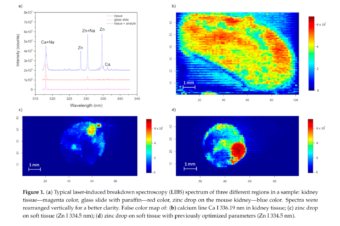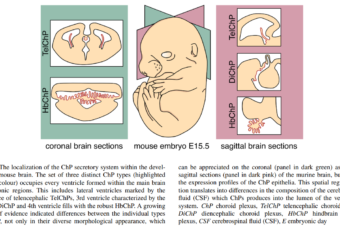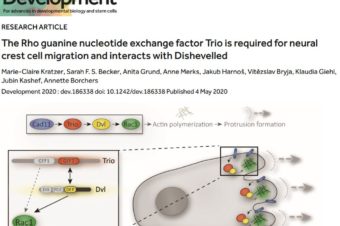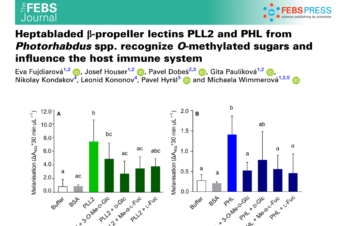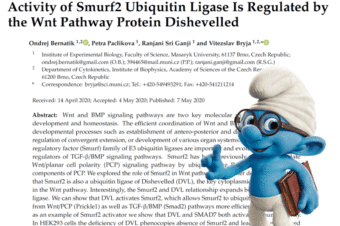BACKGROUND:
In mammals, odontogenesis is regulated by transient signaling centers known as enamel knots (EKs), which drive the dental epithelium shaping. However, the developmental mechanisms contributing to the formation of complex tooth shape in reptiles are not fully understood. Here, we aim to elucidate whether signaling organizers similar to EKs appear during reptilian odontogenesis and how enamel ridges are formed.
RESULTS:
Morphological structures resembling the mammalian EK were found during reptile odontogenesis. Similar to mammalian primary EKs, they exhibit the presence of apoptotic cells and no proliferating cells. Moreover, expression of mammalian EK-specific molecules (SHH, FGF4 and ST14) and GLI2-negative cells were found in reptilian EK-like areas. 3D analysis of the nucleus shape revealed distinct rearrangement of the cells associated with enamel groove formation. This process was associated with ultrastructural changes and lipid droplet accumulation in the cells directly above the forming ridge, accompanied by alteration of membranous molecule expression (Na/K-ATPase) and cytoskeletal rearrangement (F-actin).
CONCLUSIONS:
The final complex shape of reptilian teeth is orchestrated by a combination of changes in cell signaling, cell shape, and cell rearrangement. All these factors contribute to asymmetry in the inner enamel epithelium development, enamel deposition, ultimately leading to the formation of characteristic enamel ridges. This article is protected by copyright.
Read the whole story here.
